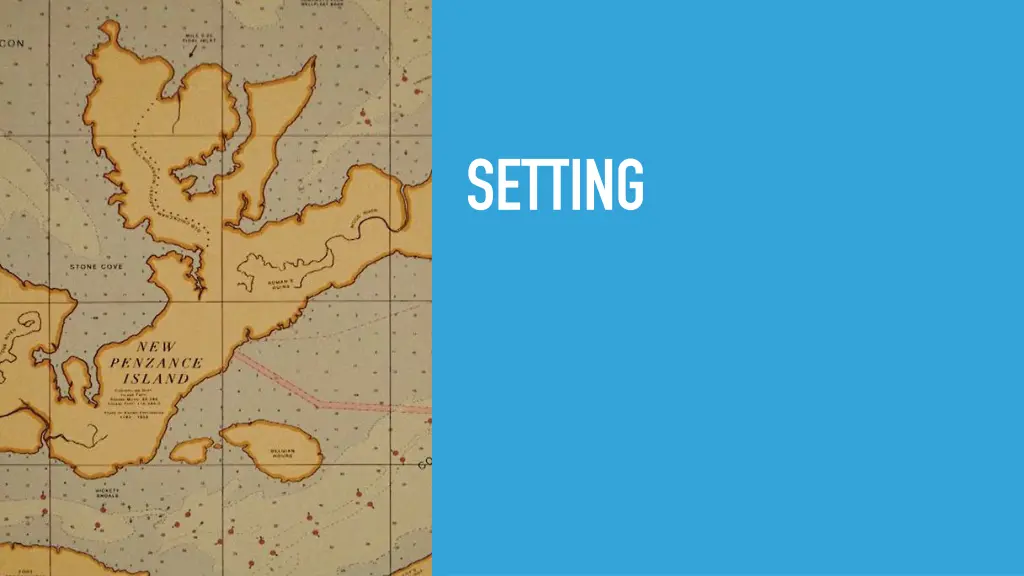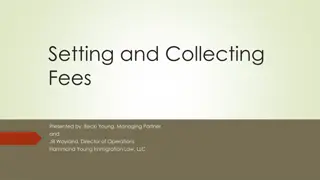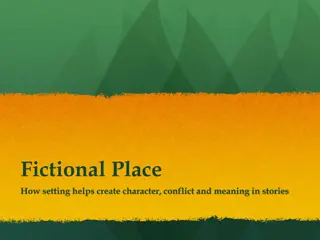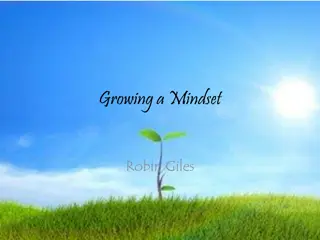
Understanding Media Codes and Conventions in Setting
Explore the role of setting in narratives through media codes and conventions. Learn how elements like place, time, and context influence storytelling, create tension, and contribute to character development. Dive into popular movies like "The Hitchhiker's Guide To The Galaxy" and "28 Days Later" to see setting in action.
Download Presentation

Please find below an Image/Link to download the presentation.
The content on the website is provided AS IS for your information and personal use only. It may not be sold, licensed, or shared on other websites without obtaining consent from the author. If you encounter any issues during the download, it is possible that the publisher has removed the file from their server.
You are allowed to download the files provided on this website for personal or commercial use, subject to the condition that they are used lawfully. All files are the property of their respective owners.
The content on the website is provided AS IS for your information and personal use only. It may not be sold, licensed, or shared on other websites without obtaining consent from the author.
E N D
Presentation Transcript
MEDIA CODES AND CONVENTIONS SETTING The setting of a narrative is the environment in which the narrative takes place. Setting is mainly created through the use of mise en scene, but many other codes such as audio and camerawork can also add to it s understanding. The macro-setting of a narrative can refer to it s overall setting (such as Los Angeles in 2019) and the micro-setting can be used to discuss the setting of individual scenes (such as an office boardroom at night). Sometimes a setting is integral, which means that the setting used is necessary for the narrative to work. The setting may setup the rules of the narrative that is needed for the plot to progress or creates the conflict between characters. Other times setting is more of a background that has less influence on the events of the narrative.
MEDIA CODES AND CONVENTIONS THE ELEMENTS OF SETTING PLACE: Where the narrative takes place, the physical location. This could include a galaxy far far away or Times Square in New York City. TIME: The time of the setting is when the narrative is set. The setting could be historical, futuristic or contemporary. The time of a setting could also refer to how long a time the narrative takes place over. A narrative could span over 100 s of years or just 24 hours. CONTEXT: A setting may provide some contextual information to help the audience understand some aspect of the narrative. There may be social, political or cultural contexts in an environment that has an impact on the narrative.
MEDIA CODES AND CONVENTIONS THE FUNCTIONS OF SETTING Extension of character: Sometimes a setting can reflect or emphasise certain character/s. Think of the antagonists lair, the boss office or the love interest s bedroom. Contribute to a mood or atmosphere: The combination of different elements of a setting can add to the overall mood or atmosphere to a narrative. This mood may have a connection to the genre of the narrative and is connected to the audience expectations of what will happen in the story. Create tension: A setting can have an effect on the plot of the narrative by creating pressure or stress that causes a character to act in a certain way. Middle Earth in The Lord of the Rings creates physical obstacles that the protagonists must overcome. This tension could also be cultural. In Hidden Figures women of colour have to fight against prejudice in 1960 s America whilst working at NASA. Setting as character: Sometimes when a setting s elements are so strong and essential to the narrative it can be seen as another character. Setting can be seen as a character if other characters can have intimate relationships with them.
TEXT ACT#05 SETTING OBSERVATION: DESCRIBE THE DIFFERENT ASPECTS OF THE FOLLOWING SETTINGS. PLACE TIME CONTEXT






















